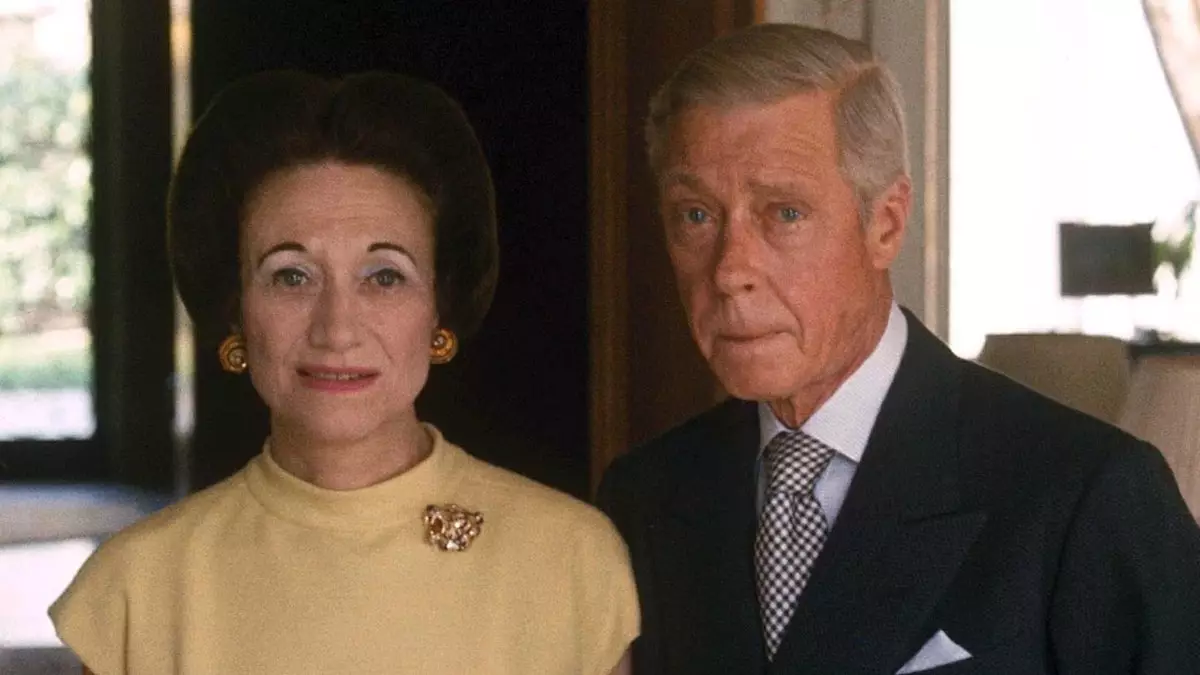The Met Gala, once a hushed affair reserved for the elite, has transformed into a vibrant spectacle replete with social media-driven frenzy. However, its origins tell a different story—one of refined glamour and exclusivity. In 1974, the gala achieved a notable inflection point as it gracefully merged the realms of high society and haute couture. This metamorphosis can largely be credited to Diana Vreeland. Under her imaginative direction, the event transitioned from a simple fundraiser for the Metropolitan Museum of Art’s Costume Institute to a grand showcase that attracted fashion aficionados and celebrities alike.
One of the evening’s most enthralling guests was Wallis Simpson, the Duchess of Windsor, a figure steeped in the lore of royal scandal and high fashion. Her attendance symbolized the convergence of old-world elegance and modern style, and her presence that night reverberated through the fashion world.
Wallis Simpson: A Study in Glamour
Arriving on April 23, 1974, at the Metropolitan Museum, Wallis Simpson was not merely a guest; she was the embodiment of narrative and history stitched into fabric. Clad in a captivating electric blue satin gown, she blended seamlessly with the ambiance of the event. The gown, floor-length and adorned with a delicate necktie bow and a row of subtle buttons, spoke volumes about Simpson’s understanding of fashion—it was luxurious yet understated. The fabric glistened under the soft museum lights, drawing the eye but never overshadowing her presence.
While the designer remains a topic of speculation—most likely Hubert de Givenchy, a personal friend of Wallis—the success of the ensemble was undeniable. Accessories were carefully curated: crisp white opera gloves paralleled a collection of sapphire and diamond jewelry that spoke to her royal past and sartorial sophistication. Each detail was meticulously chosen, from the shimmering brooch on her shoulder to the elegant evening bag she clasped. This was a woman who knew the power of subtlety and sophistication in a world that often screams for attention.
An Evening of Contrast and Connection
Wallis’ arrival was punctuated by her companion for the evening, Mildred Hilson, whose pastel gown and striking pearl jewelry injected a sense of buoyancy into the night. The juxtaposition of Wallis’ composed elegance with Hilson’s lively attire created an enchanting visual dialogue that celebrated both classic and modern aesthetics. They were snapshot representations of a bygone era, a time when the virtue of restraint was favored over brazen displays of self-promotion often seen today.
In this bygone spirit, the evening was a far cry from the contemporary Met Gala, where guests are often consumed with the allure of social media and trending hashtags. Back then, glamour was defined by presence rather than performance. Wallis didn’t need elaborate theatrics or ostentatious outfits; her story alone resonated powerfully in the fashion world. To see her was to witness the legacy of a woman who had dared to upend royal decorum and yet remained the epitome of refinement.
Legacy of Wallis Simpson’s Glamour
Even among luminaries such as Elizabeth Taylor and Diana Ross, Wallis stood apart. She was not just participating; she represented a multidimensional persona, a woman who had navigated scandal and exile but emerged as an icon of unwavering grace and astute fashion choices. The night ceased to be just another gala; it became a testament to the enduring nature of elegance borne from resilience and individuality.
Wallis Simpson’s appearance at the 1974 Met Gala was a fascinating reflection of contrasting times—a mingling of history and the evolution of modern social expressions. As the event continues to morph into an outlet for creative and commercial impulses, it is essential to remember these quieter moments steeped in charm and classic style. Wallis’ legacy endures not because she was merely a fascinating figure in the past; her steadfast poise and impeccable fashion choices continue to inspire a new generation of style aficionados today.

